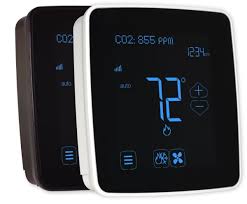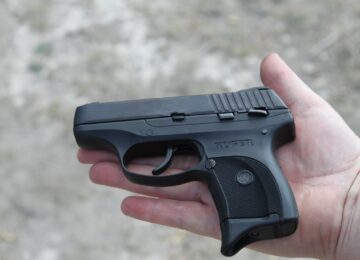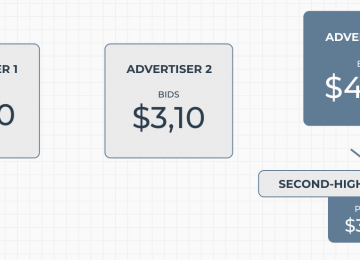In the realm of HVAC systems, the integration of advanced damper actuators with spring return features marks a significant evolution in enhancing system reliability and safety. This article provides an in-depth exploration of these technologies, emphasizing their critical role in maintaining operational continuity, especially in emergency situations and power failures.
Understanding Damper Actuators with Spring Return Mechanism
Damper actuators are pivotal components in HVAC systems, responsible for controlling air flow through ducts and regulating environmental conditions. The addition of spring return features enhances these actuators by ensuring fail-safe operations.
Functionality of Spring Return Actuators
- Automatic Return: In the event of power loss, the spring return mechanism ensures the actuator returns to a predetermined ‘safe’ position, typically either fully open or fully closed, depending on the system’s needs.
- Quick Response: Spring return actuators are designed to react quickly to power disruptions, swiftly moving to the safe position to prevent system damage or unsafe conditions.
Key Benefits
- Enhanced Safety: These actuators help in maintaining essential ventilation during emergencies, such as fires, where maintaining airflow can be crucial.
- Reliability: By defaulting to a safe position when power is lost, these systems prevent the potential for system failure and ensure continued operation of critical HVAC functions.
Applications in HVAC Systems
The integration of damper actuators with spring return features is particularly beneficial in systems where reliability and safety are paramount.
- Smoke Control: In fire management systems, maintaining proper ventilation is crucial. Spring return actuators can be programmed to open or close dampers automatically to control smoke spread.
- Energy Efficiency: By ensuring dampers return to an optimal position during power failures, these actuators help maintain energy efficiency by preventing unwanted heat loss or gain.
For detailed specifications and applications of such actuators, the Belimo Afb24-mft provides a robust example of spring return technology integrated into damper actuators.
Technical Considerations for Installation
Choosing and installing the right damper actuator with spring return features requires understanding several technical factors to ensure compatibility and effectiveness.
- Torque Requirements: Assess the torque needed to operate the damper effectively. This will determine the strength of the actuator required.
- Control Signals: Consider the type of control signal (e.g., modulating, two-position) that is most suitable for the application to ensure seamless integration into the existing HVAC system.
- Physical Size and Mounting: Ensure the actuator fits within the available space and can be mounted securely to the damper with appropriate alignment.
Advances in Technology
Recent advancements in damper actuator technology include enhanced motor designs and more sophisticated control algorithms that improve the precision and energy efficiency of the actuators.
- Smart Features: Some modern actuators come equipped with sensors that provide feedback on damper position, allowing for more precise control and diagnostics.
- Integration Capabilities: Newer models offer better integration with building management systems, allowing for centralized control and monitoring of multiple actuators.
For professionals seeking to explore a wide variety of damper actuators with spring return features, blackhawksupply.com offers an extensive catalog with detailed product descriptions and technical support to aid in selection and installation.
By incorporating advanced damper actuators with spring return features, HVAC systems can achieve higher standards of safety, reliability, and efficiency, ensuring that they meet the demands of modern buildings and safety regulations.












